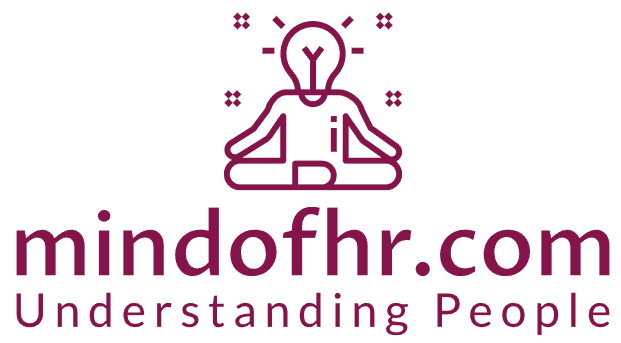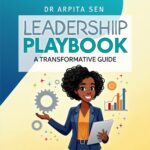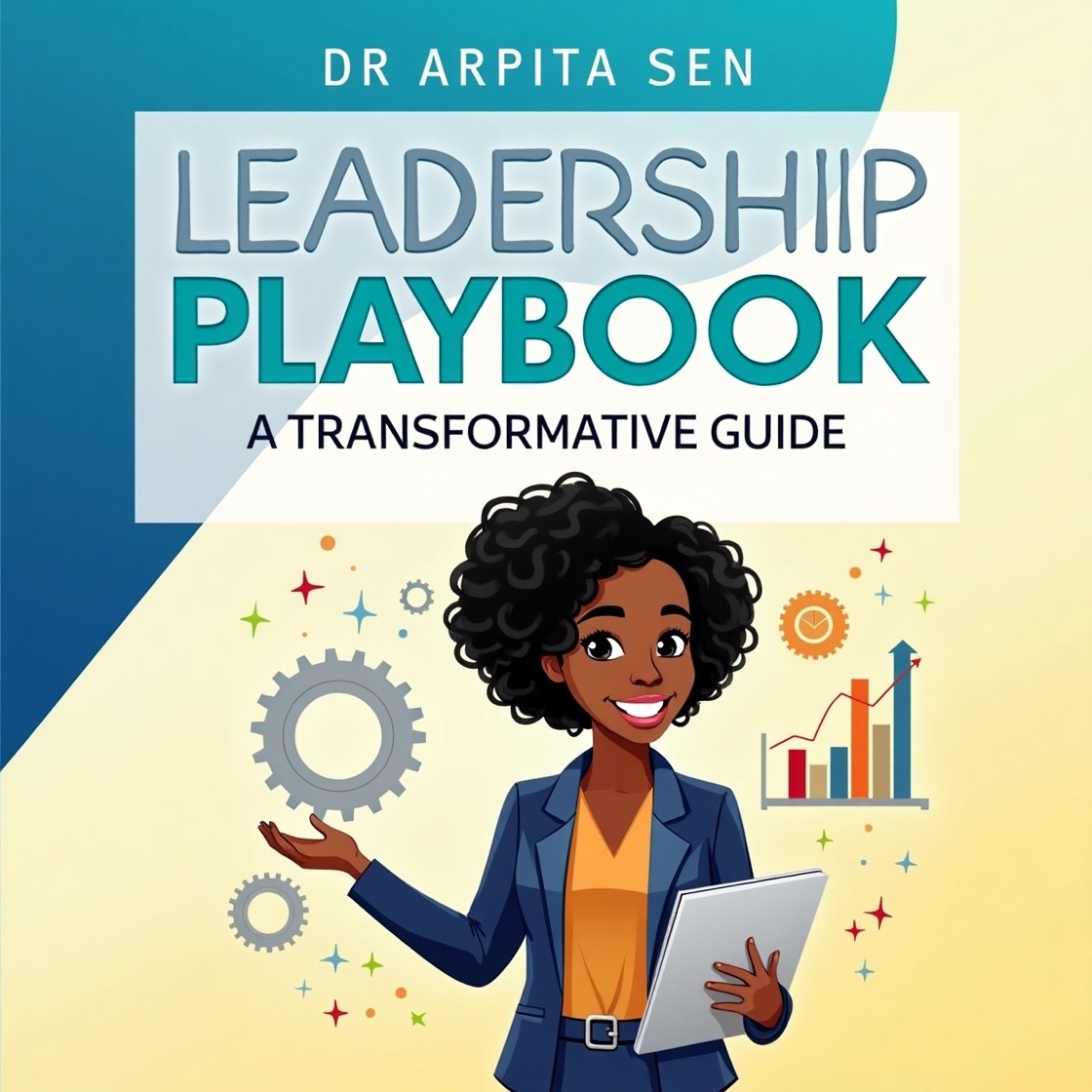It’s not often that you see the youngest person in the room lead a high-stakes project in a room full of seasoned professionals. But that’s exactly the position I found myself in as the youngest member of the HR Leadership Team. Tasked with heading Organizational Effectiveness for a multi-entity organization, I could have easily been overwhelmed by imposter syndrome, especially with peers who had decades of experience in HR. However, I didn’t just rise to the occasion—I thrived, and I’ll show you how.
In this blog, I’m going to share some unconventional, out-of-the-box strategies that helped me earn trust, build credibility, and lead successfully—strategies that you won’t find in typical leadership books or seminars. If you’re someone who’s leading in a similar position or striving for growth in your career, these insights might just change the way you approach leadership.
1. Prepare Like a Sherlock Holmes, Think Like a Scientist
When you’re young, and everyone around you has years of experience, preparation is more than just important—it’s essential. But not just the kind of preparation where you read a few reports and show up. I took a much more analytical, investigative approach to preparation that set me apart.
Before every leadership meeting, I didn’t just rely on data from the internal reports. I took it a step further by:
- Mining social media for trends and feedback on organizational effectiveness. This included looking at platforms like LinkedIn, Glassdoor, and even Twitter to get unfiltered opinions about how employees were feeling.
- Conducting “secret shopper” interviews, where I would discreetly chat with employees across departments about their challenges, frustrations, and experiences. This provided me with insider knowledge no spreadsheet could provide.
- I also connected with HR professionals in similar industries outside of my organization to get a broader understanding of global trends and ideas. These conversations became my secret weapon.
This kind of deep dive allowed me to arrive at meetings with unique insights. One example was when I noticed a trend of employee disengagement that hadn’t yet made it to the board’s radar. When I presented it with detailed data and a roadmap for addressing it, my peers were impressed that I was already tackling an issue before it became a major problem.
Key Takeaway: Don’t just rely on internal data. Use external sources and unconventional methods to dig deeper and uncover hidden insights. This will make your preparation not just comprehensive, but revolutionary.
2. The Art of Strategic Paradox: Blending Humility with Boldness
I quickly realized that leading a team of experts was about balancing humility with boldness. You can’t show up with an air of arrogance and expect others to trust you, but neither can you hesitate or second-guess yourself.
One of the boldest moves I made was starting every single meeting by asking, “What am I missing here?” Instead of presenting myself as the person with all the answers, I positioned myself as someone who valued wisdom and collaboration. This humble approach created an atmosphere where others were more willing to offer their advice and opinions. It was about creating a dynamic of mutual respect, not competition.
However, I would then immediately follow up with a bold move—backing every suggestion with data and a clear vision for execution. For example in one of my previous organization, I once led a conversation about integrating AI tools in our processes. I started by asking the team, “Why are we not delegating this task to someone else, someone who will do this task without resistance or struggle?” Then I confidently presented a roadmap to implement these tools in a way that was directly tied to business outcomes. The blend of humility and bold action made the proposal difficult to dismiss.
Key Takeaway: People respect you when you listen first and lead boldly second. Humility doesn’t mean hesitation, and boldness doesn’t mean ignoring others. The balance of both is your leadership superpower.
3. Leverage Psychology: Use Behavioral Science to Drive Change
One of the most powerful tools I’ve used in leadership is understanding the psychology of change—and leveraging it to get buy-in for my initiatives. Behavioral science was an area I dove into deeply. Rather than relying solely on logic or facts to make my case, I used psychological principles that made people feel a deep, internal motivation to get on board.
For instance, during a strategic initiative, I used nudge theory—a concept from behavioral economics—to subtly guide decisions. Instead of presenting employees with a cold list of choices, I framed our new process as the “preferred” choice without forcing them into it. I did this by providing small incentives (like recognition or status) for people who embraced the new structure, framing it in a way that aligned with their goals and values.
The results were staggering. People embraced the change faster and more enthusiastically than I’d expected, all because I had framed it in a way that resonated with their underlying motivations.
Key Takeaway: Understand the psychology behind decision-making and use behavioral science to subtly influence and guide choices. It’s a game-changer when trying to implement change.
4. Reframe “Resistance” as “Opportunity for Innovation”
It’s a universal truth—resistance to change is inevitable. But instead of viewing resistance as a roadblock, I started to see it as an opportunity for innovation. The more someone resisted, the more I leaned into finding creative, unconventional solutions to address their concerns.
For example, during a tough rollout of a new employer branding initiative, one of the senior HR leaders was vehemently opposed to the change. Rather than forcing them to comply, I collaborated with them to build an alternative solution that included elements of the new system while keeping aspects they valued from the old one. This allowed me to retain their support while customizing the approach for different stakeholders.
This approach became a hallmark of my leadership style—turning objections into co-creation. I often say, “The best ideas come from the most challenging conversations.”
Key Takeaway: Resistance is often a signal that something needs to be reworked. When you shift your mindset from fighting resistance to embracing collaboration, you turn challenges into breakthroughs.
5. Microsuccesses: The Power of Small Wins
One of the biggest lessons I learned was that small wins lead to big victories. When leading a team where I was younger and less experienced, I knew that if I could secure quick, visible wins, they would pave the way for more significant successes later on.
Instead of focusing solely on the big strategic changes, I celebrated micro-innovations—small, incremental improvements that had an immediate impact. For instance, I introduced a small change in the feedback process that made it more personalized. The immediate response was overwhelmingly positive, and it set the stage for larger changes to be embraced.
These microsuccesses helped me build momentum, which was crucial in gaining the trust and respect of my peers. It’s easier to get buy-in for larger, more complex initiatives when you can show quick, tangible results.
Key Takeaway: Celebrate small wins early and often. They build momentum, prove your leadership capabilities, and create a culture of continuous improvement.
Final Thoughts: Leadership Doesn’t Have to Be About Tenure—It’s About Vision
When you’re the youngest person in the room, there’s a unique pressure to prove yourself. But over time, I realized that leadership isn’t about age or tenure; it’s about vision, strategy, and the ability to connect with people on a deeper level.
By preparing rigorously, blending humility with boldness, leveraging psychology, reframing resistance, and celebrating microsuccesses, I was able to carve out a space for myself as a respected leader—one who contributed value, earned trust, and delivered results.
So, if you find yourself in a similar position, remember: Age is just a number, but your approach to leadership is what truly sets you apart. Lead with innovation, adapt with resilience, and turn every challenge into an opportunity for growth.
Now go ahead and take your seat at the leadership table, because you’ve earned it!











